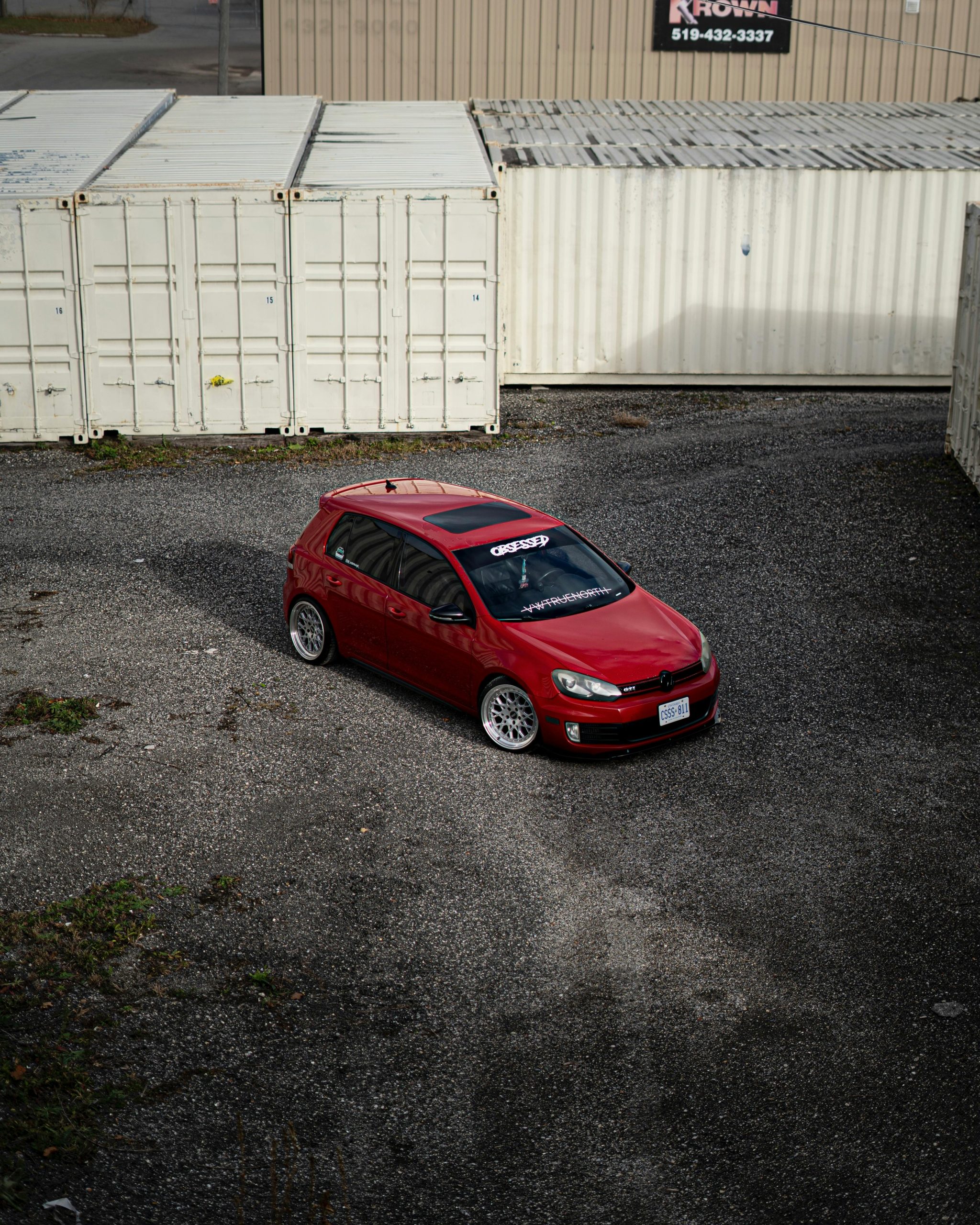Title: The Predominance of Cars in London: A Closer Look
In the bustling tapestry of urban life, London’s roads continue to be largely ruled by cars. Despite the city’s admirable strides toward sustainability and greener transportation options, the presence of automobiles remains profoundly significant. This scenario poses intriguing questions about urban planning, environmental impact, and the future trajectory of one of the world’s most iconic metropolises.
The intricate web of streets and avenues in London bears testimony to a deep-seated dependency on cars, often leading to congested roadways and a bustling atmosphere characterized by honking horns and the hum of engines. This automobile superiority, though a historical fixture, presents myriad challenges for city dwellers and policymakers alike.
Efforts to promote cycling, enhance public transport networks, and develop pedestrian-friendly areas have become increasingly prominent. These initiatives aim to carve a pathway to reduced emissions and a healthier urban environment. However, the complex relationship between cultural habits, convenience, and infrastructural demands ensures that cars remain entrenched in the city’s fabric.
Embracing multimodal transportation solutions could reveal pathways for a smoother, more efficient urban transit experience. Through thoughtful planning and community engagement, London might begin to gradually shift away from its car-centric legacy towards a more balanced and sustainable transportation model.
As London navigates the road ahead, the dialogue surrounding its automotive adherence continues to fuel discussions about innovation, environmental stewardship, and the future vitality of the city.
